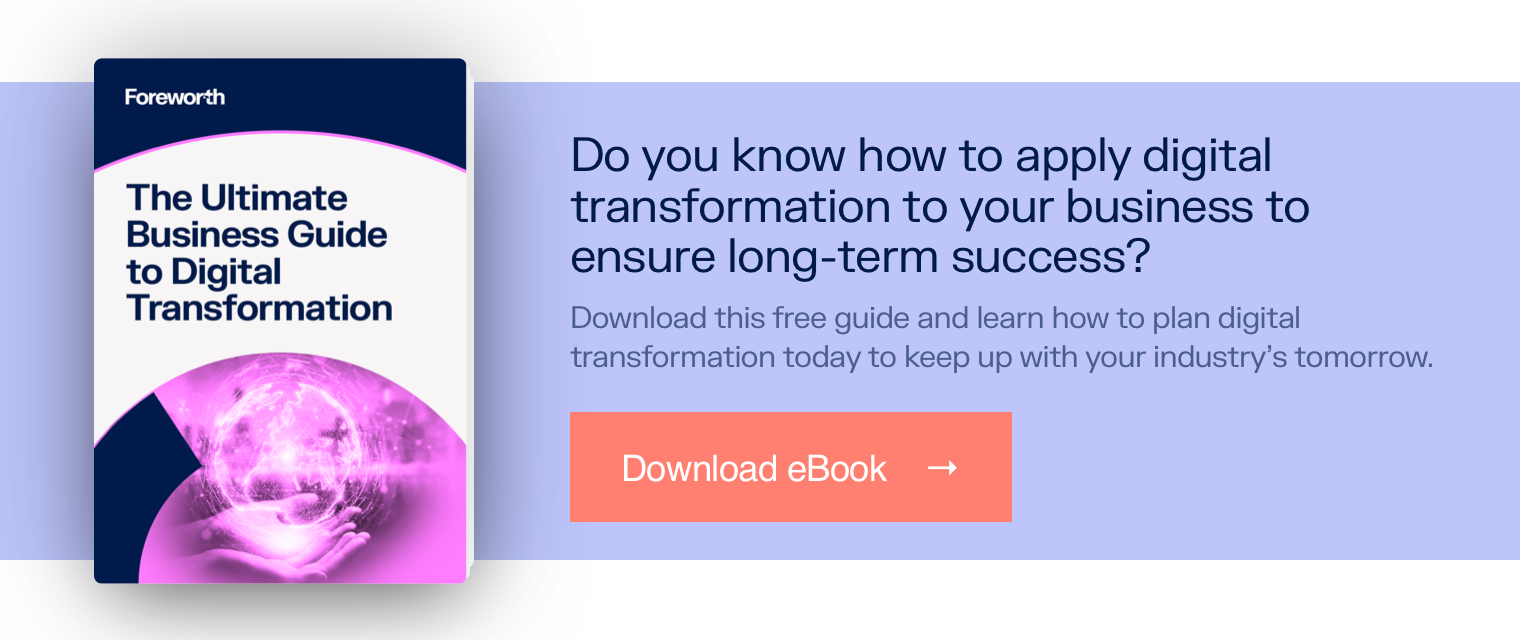A growing subset of the software as a service (SaaS) sector is that of Micro-SaaS. The name really says it all. We’re talking about small SaaS companies, often run by one or two people, that target niche markets.
If you’re debating between investing in a micro-SaaS or a traditional SaaS company, be sure to ask yourself the following three key questions before taking the plunge.
What to ask before investing in Micro-SaaS
1. Who’s your ideal user?
If your goal is to own a sprawling SaaS company with instant brand recognition, then micro-SaaS may not be the investment path for you. Micro-SaaS companies provide highly specialized solutions to specific groups of people, which inherently limit the number of potential users.
That being said, a product launched at the right time and in the right industry can still be quite lucrative. With fewer clients to cater to, it’s easier to develop a product that perfectly meets your buyer’s needs. Additionally, you’ll have more flexibility in setting your prices since there will (ideally) be almost no competition.
2. Any good ideas?
Potential investment opportunities are greatly affected by the very nature of micro-SaaS organizations: they’re small. While traditional SaaS companies are often open to accepting outside investment due to the large scale of their operations, micro-SaaS, on the other hand, takes very little capital to get off the ground. Due to the small amount of physical and human capital needed for market entry, there simply isn’t much incentive to accept outside investment.
If you're serious about investing in micro-SaaS, your best bet may be to come up with an idea yourself and launch your own product. That is; however, easier said than done. An equally viable alternative would be to invest early with someone in your network. This method can get you in the small inner-circle of a budding small SaaS company and start reaping the benefits from day one.
3. How much do you want to make & how fast do you want to make it?
Developing a traditional SaaS product can be a lengthy process. Depending on its size and scope, it can take several years alone to come up with an MVP (minimum viable product). This also means you’d have to wait a considerable amount of time to see any semblance of ROI.
If you’re looking to reap the fruits of your labor as quickly as possible, then micro-SaaS may be more to your liking. Since these types of products tend to be quite niche, they are often scaled-down and thus turned out at a faster rate. This means you can start seeing ROI much faster than with traditional SaaS models.
Another key factor to consider is that they are often far easier to maintain. The combination of a small audience and product means there are fewer new features to roll out and less maintenance spending. What does this mean for you? You’ll have more money coming in than going out. While this certainly makes for a great investment, you must also bear in mind that there is often an ROI cap in place due to the limited client base associated with these services.
Choosing your niche
Once you’ve made the decision to invest in a micro-SaaS company, it’s time to choose your niche. Whether you’re coming up with an idea yourself or investing in an idea from someone in your network, it’s important to get involved with something you're passionate about. The small, family-like nature of these operations means you’ll need to be quite involved, at least in the early stages.
Tracking your Micro-SaaS' development
As with any SaaS, you're going to want to keep a close eye on your software development efforts. At Foreworth, we've created a platform to help with just that. You can track your SaaS' code quality and team's productivity to help maximize your ROI. Learn more about our platform here.
Then What?
With micro-SaaS, every member of the team brings something to the table, and it’s important to properly identify your strengths and contribute as much as you can to get it off the ground. After having considered the questions and follow-up actions laid out above, you should be well on your way to making a splash in the exciting world of micro-SaaS investing.
About the author
Elena Leralta
Working as Foreworth’s Chief Financial Officer, Elena possesses a wealth of knowledge on business management and finance owing to her over 20 years of experience working in the financial sector.
More info →


What do you think? Leave us your comments here!